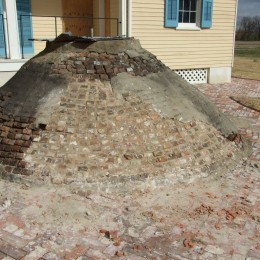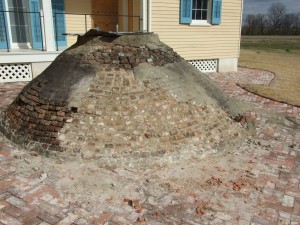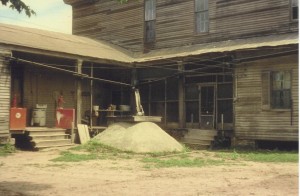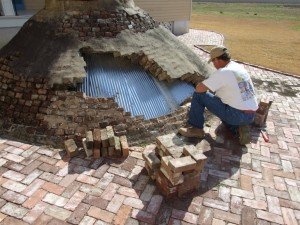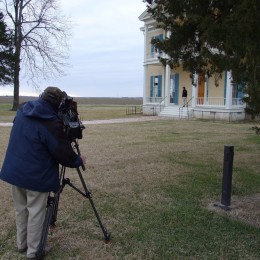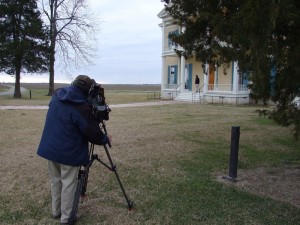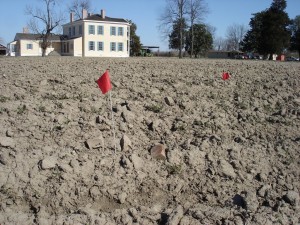Lake Village, February 1860
Lake Village, Jan. 9th, 1860.
Dear Old-Line.—Thinking that perhaps amid the din of political strife, a letter from the quiet and secluded little town of Lake Village, would operate as a balm to your weary soul, by again calling to remembrance those scenes of quietude remote from the bustle and confusion of this babbling world, and so seldom experienced in the life of an Editor. I take my pen to jot down a few items of news from this beautiful place to solace you. Know then that Lake Village is a pretty little town, situate on the banks of one of the most beautiful little lakes of the South. It is the county seat of Chicot county, and is seven miles from the Mississippi river. The surrounding country is one of the most fertile spots in the Mississippi valley, and rivals in richness the far famed Delta of the Nile. The shores of Old River Lake are covered with magnificent plantations which are cultivated with great care, and the yield of cotton is almost fabulous. The health of this country is reasonably good.
The town is small but improving very fast. This appears to be one of the places where Lawyers “most do congregate” as there are a great many of them here, but as for the other learned professions, they are thinly represented. The public buildings are all excellent, and especially the Jail, which is undoubtedly the best in the State—these public buildings are sure evidences of enterprise and public spirit. The towns and surrounding country are very much in need of mechanics, and a good saddler, shoemaker, or tailor, could do better here than almost any where else, provided however, that he be a sober and industrious man. Mechanics of other trades also can find plenty of work at high wages and ready pay. I know of no place where mechanics can do better than here. There will be a newspaper published here in a few weeks, which I take to be another proof of the prosperity and enterprise of the country.
Dr. Lyon has been here “feeling the public pulse,” for his prospects for Congress from this district. He made a speech at the Court House the other night and defined his position to his audience. He says that he is not an Old-Line Democrat—is in favor of re-opening the African slave trade, &c., &c.
The political atmosphere is quiescent at present, in fact the people are too busily engaged in their own private affairs to attend much to politics. Your valuable paper has various subscribers here, and is very well liked. Your moderate, yet firm course is entitled to the respect of all thinking men. A project is on foot here to establish a Female College at Lake Village, with an endowment of $50,000, a considerable of which is now subscribed, and the day is not far distant, I trust, when Lake Village will be the site of one of the most magnificent and interesting female colleges in the South. This place is one of the most beautiful and healthy in the world, and is of easy access, no school of like character is near, and it is due the enterprise of old Chicot that she should have one first class school within her limits. The Chicot levy board are pushing on their works with great rapidity, and seem determined that the Mississippi shall never again visit the plantations of Chicot county. The levys are built far back from the river, and are very large and substantial.
There has been some very cold weather for this country here this winter and no little know, but the weather is now warm and rainy. The Post Office at Luna will soon be changed back to Columbia again, from whence it was removed to Luna last fall.
The planters have got their cotton crop nearly gathered, and a fine one it was too. The planters of this county appear to have fine success in growing cotton, and their plantations are models of neatness and good farming.
Peregrine.

